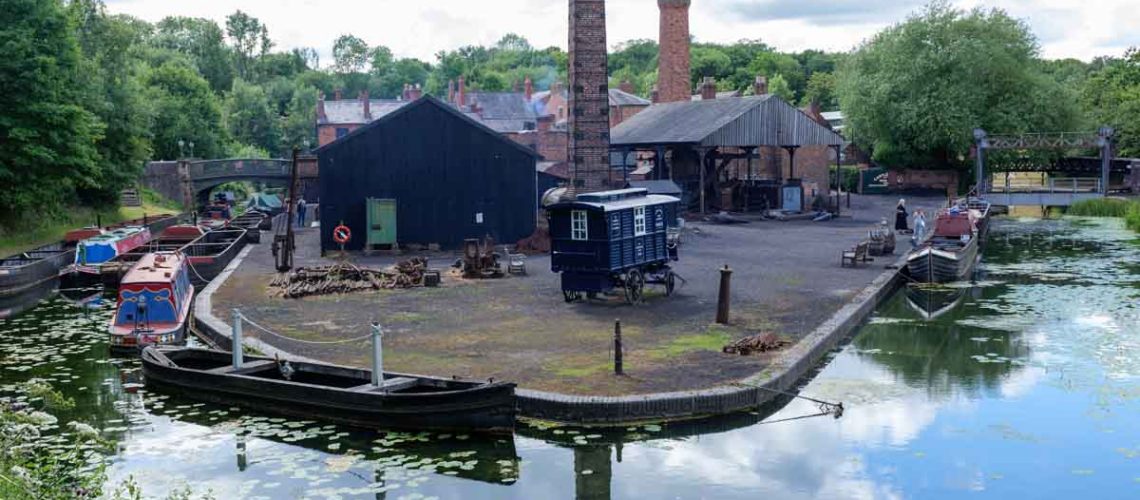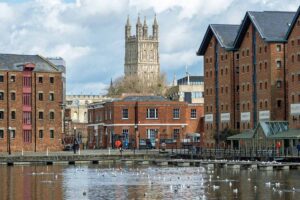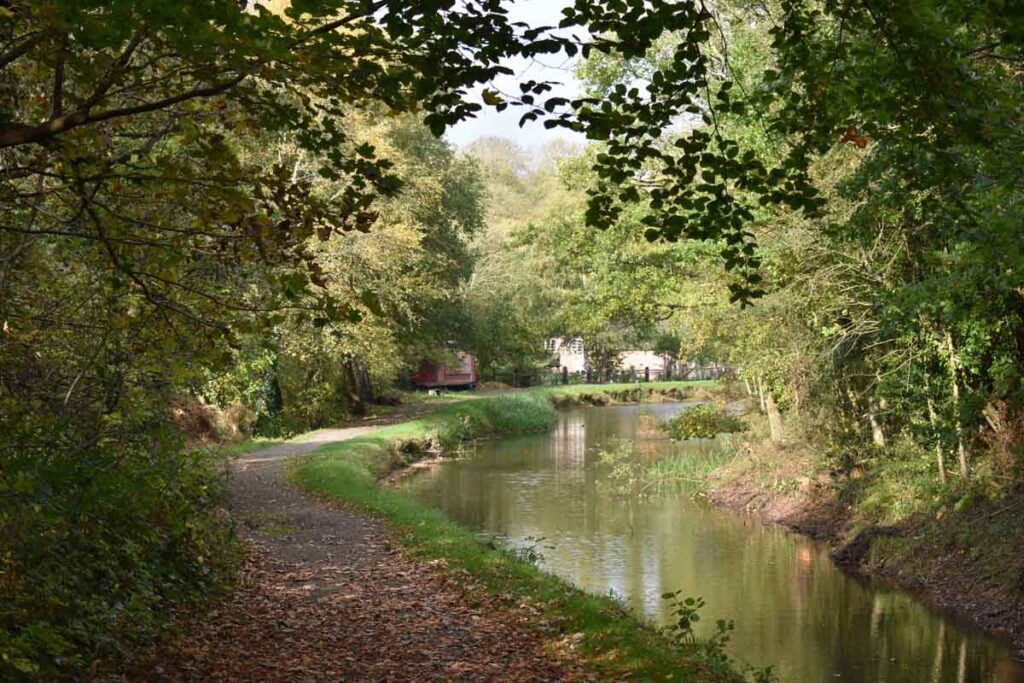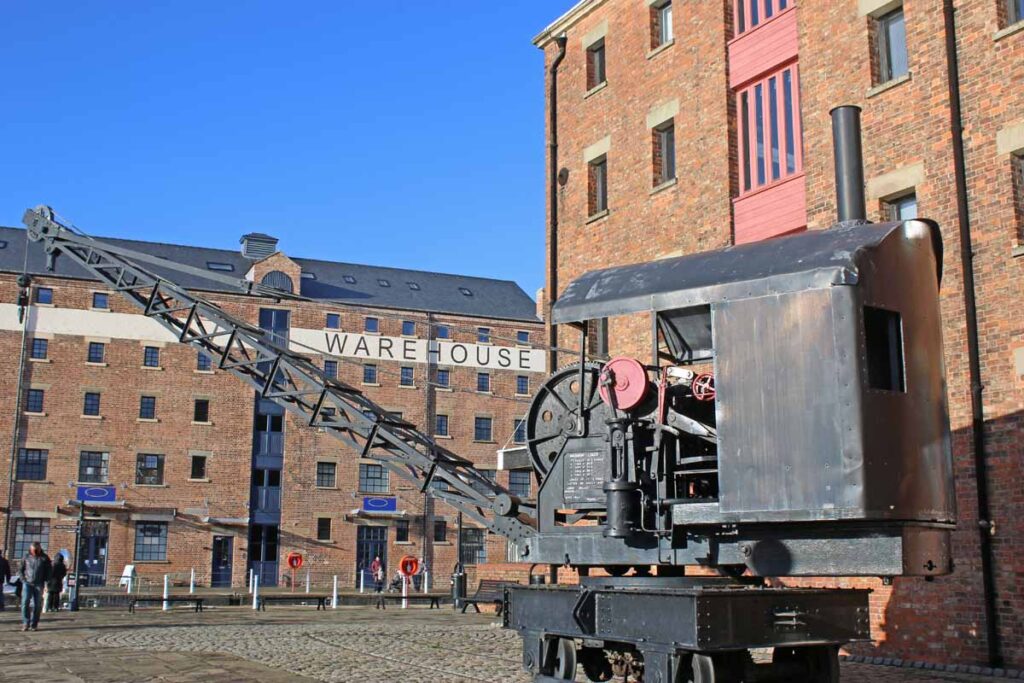


The canals and waterways of Britain are a meandering testimony to the birth and evolution of Industrial Britain. From the start, these lakes, rivers, and canals were essential conduits to Britain’s growth.
Have you ever wondered how these channels came to be and how they’ve been preserved through the modern day? Today we’re taking you on a brief journey of Britain’s canals & waterways — from their beginnings in the Industrial Revolution to their modern-day conservation.
It’s a fascinating Tale with many twists and turns, so buckle up for a journey into Britain’s past!
It’s no surprise that Britain’s canals and waterways have been around for centuries, dating back to the Industrial Revolution. The canals were initially created to transport goods from one place to another, using only a small body of water and vessels.
The invention of railways in 1825 caused some of these canals obsolete, as goods could be transported much faster by rail. But this didn’t mean the canal system was abandoned entirely. In fact, during World War II, the canals were used to transport essential supplies around the country during rationing.
Modern technology has enabled us to explore ways to improve our waterways and conserve them for future generations. From increasing biodiversity through natural floodplain restoration projects to regulating river flows with sophisticated engineering techniques, Britain is determined to protect its unique network of canals and waterways for centuries.
It’s no surprise that Britain’s canals and waterways have been around for centuries, dating back to the Industrial Revolution. The canals were initially created to transport goods from one place to another, using only a small body of water and vessels.
The invention of railways in 1825 caused some of these canals obsolete, as goods could be transported much faster by rail. But this didn’t mean the canal system was abandoned entirely. In fact, during World War II, the canals were used to transport essential supplies around the country during rationing.
Modern technology has enabled us to explore ways to improve our waterways and conserve them for future generations. From increasing biodiversity through natural floodplain restoration projects to regulating river flows with sophisticated engineering techniques, Britain is determined to protect its unique network of canals and waterways for centuries.
The Industrial Revolution brought significant changes to life in Britain, including the country’s canals and waterways. While the early days of these channels had been devoted to leisure, transport, irrigation, and a few other purposes, now their primary focus shifted to industry.
Factories used Britain’s canals for transporting goods and raw materials between locations and powering their machines through the force of moving water. The proliferation of the railway made this mode of transport even more advantageous. With heavy trains on tracks, it was no longer necessary to use canal labor crews or pay expensive tolls for road access; railways offered a much more cost-efficient alternative.
Manufacturers also had a hand in changing Britain’s canals: some reduced the size of locks to fit large boats and barges; others used advanced technologies like hydraulic lifts, water gates, and pump rooms to improve efficiency. These improvements remain examples of industrial heritage conservation sites in Birmingham and Liverpool.
The conservation efforts to keep Britain’s canals and waterways alive and thriving have existed since the Industrial Revolution. Britain’s waterways are home to wildlife, a recreational activity for many, and a source of national pride.

So, what has been done to ensure these canals and waterways can be enjoyed for generations?
In 1946, The Inland Waterways Association (IWA) of Great Britain was founded to protect and restore the inland navigable waterways system in England, Wales, and Scotland by removing unnecessary infrastructure or features that add no benefit but destroy wildlife.
The NPS was also established in 1949 to conserve wildlife and its habitats and provide recreational access. Through this organization, dams have been removed from rivers allowing fish to pass freely once again in rivers like England’s Thames River. Along with eliminating unnecessary infrastructure from the country’s rivers, NPS works hard each year to clean the country’s waterways by removing rubbish and sediment build-up caused by varying sources such as plastic waste.
Britain’s rivers have managed to remain healthy despite centuries of abuse through a combination of conservation efforts at an individual level and through organizations like IWA & NPS. Thanks to these organizations, visitors can enjoy walks alongside these majestic waterways today as they meander through some of England’s most picturesque countryside.
Did you know that waterways were considered the most reliable form of transportation during the Industrial Revolution? Not only were they more reliable than land-based transportation, but they were also more economical.
But that doesn’t necessarily mean that it was a perfect system. Water transport wasn’t much suitable for carrying delicate items, and you had to be able to take a lot to make it worth your while.
Most of the canals and waterways of Britain are narrow and shallow, so confined spaces meant that loading and unloading could be tricky, not to mention there were no motorways back then! This meant boats could travel slower (around three to four miles an hour), and ships often got stuck in low-lying areas or when traveling up against the current. Plus, travel times were unpredictable as there was no way to control the weather.
Despite these challenges, water transport still had some advantages, it was cheaper than land transport, plus goods could be easily stored on ships and sent anywhere. Also, they operated within their environment and therefore weren’t prone to unexpected delays such as those caused by traffic or bad weather (as we have today). And lastly, boats allowed businesses the opportunity to access remote areas so they could tap into new markets.
In modern-day Britain, the canals and waterways serve a different purpose than during the industrial revolution. Nowadays, they offer leisure opportunities, nature conservation, and even electrical services nationwide.
For us lucky Brits, days out on the canals and rivers are becoming increasingly popular. Whether you’re a fan of boating holidays or enjoy a pleasant stroll along their banks, Britain’s canals have something for everyone. Almost 1.8 million people visit them every year!

The canals are also outstanding for nature conservation. British Waterways is currently working to restore them to their original wild state, ensuring a diverse and abundant environment in which both wildlife and people can thrive. Due to this conservation effort, some species, such as kingfishers and water voles, have already taken refuge in these ecosystems.
As well as being used for leisure activities and nature conservation efforts, some waterways even provide electricity services to the nation. British Waterways is installing hydropower systems in some of its structures to generate renewable energy for electricity networks in cities throughout Britain.
From recreational activities to energy production, Britain’s canals have been adapted to fit modern-day needs, which we should surely appreciate!
When it comes to the present and future of Britain’s canals and waterways, many people have questions. Here are some of the most frequently asked questions about this subject:
The UK enjoys a rich canal network due to concerted efforts from conservationists, volunteers, and charitable trusts working in partnership to preserve our waterways. Projects such as restoring locks, dredging rivers and canals, clearing debris, and applying weed control measures ensure these waterways remain navigable while improving their natural habitats.
Volunteers play a vital role in preserving Britain’s excellent network of canals & waterways. The Canal & River Trust regularly organizes volunteer days where people come together to clean up riverbanks by removing litter and invasive plants and replanting native species, as well as repairing walls or bridges. Volunteers are also needed to build trails for cyclists or walkers alongside the waterway.
Absolutely! Visiting local sites, such as waterfronts or historic docks, is a great way to show your support for preserving these historical sites. You can also assist.

Tuscan Foundry, founded in 1893, has a long history of preserving Britain’s heritage; in particular, it is our work with the conservation of buildings associated with canals, waterways, docks, and harbourside projects.
Our cast iron guttering and pipes can be found on docks and wharf buildings throughout Britain. With our larger sand-cast gutter profiles being installed on waterside conservation projects from Bristol to Barrow, from Liverpool to London.
Our sand-cast accessories have also been used on many historic and contemporary building projects, sustaining the structural integrity and physical features of some of the most treasured buildings in the canal and waterways network.
Tuscan Foundry continues to cast bronze and iron fittings for canals and waterways, such as bespoke mooring posts, bollards, and locks. All of our castings are hand-crafted and produced using traditional foundry methods, ensuring the highest quality and standard of craft.
We are proud to be part of the conservation effort and strive to provide our customers with the best products for their projects. Our team of skilled engineers is available to discuss conservation projects and can advise on the best solutions for each site.
As well as restoring and preserving Britain’s timeless canals and waterways, we specialise in creating intricate and bespoke features, such as ornate fountains or bridges, taking pride in the perfect replication of historical markers.
We believe that Britain’s canals and rivers are an integral part of our history and culture and that it is our responsibility to do what we can to preserve them. That’s why we continue to invest in our traditional foundry methods, allowing us to provide our customers with the highest standards of quality and craftsmanship.
From the dawn of the Industrial Revolution to today, the canals and waterways of Britain have been integral to the nation s development and progress. But the vibrant channels of today are very different from those of centuries gone by.
Thanks to decades of conservation efforts, today’s canals and waterways are a haven for wildlife. They’re also great places to relax and take a break from the hustle and bustle of everyday life. So, next time you feel overwhelmed and need a break, why not head down to your local canal or waterway? You will be able to enjoy the beauty of nature and appreciate the incredible journey these waterways have made throughout the centuries.